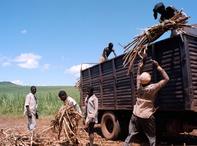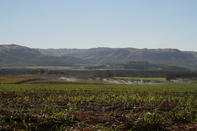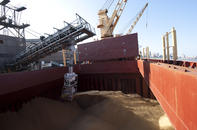Sugar Cane Harvesting in South Africa

Following planting, the crop can be cut back (ratooned) up to seven times depending on the management practices. It is expected that a grower replants 10% of the farm annually. Sugar Cane harvesting in South Africa is predominantly a manual exercise, although mechanical harvesting is conducted in parts of Mpumalanga and also the Midlands. At harvest, cane stalks are cut at the base and the tops of the cane stalk are cut off to remain behind in the field.
Sugar Cane Varieties

A number of South African sugar cane varieties are produced, all of which have been specifically bred to suit the agro-ecological conditions found in the South African sugar industry. South African Sugar Cane varieties have been purposefully selected to enhance sucrose yield and for improved productivity and profitability by countering the pest and disease pressures prevalent in the industry, and to suit specific agro-climatic conditions.
South African Sugar Cane Sales

Uses
Sugar cane sugar is used to produce sugar and syrups, used as all-purpose sweeteners, but can also be used as a feed source for bio-ethanol and bio-electricity production. The processing of sugarcane generates bagasse, molasses and press mud, which all have great economic value. Bagasse is the solid waste left after sugarcane has been crushed to extract their juice and can be used for generating electricity or the manufacturing of paper, packaging and building material, whereas molasses is the thick brown syrup that is left. Molasses is used as syrup or in animal feed.For bulk or export enquiries please use the enquiry link below.